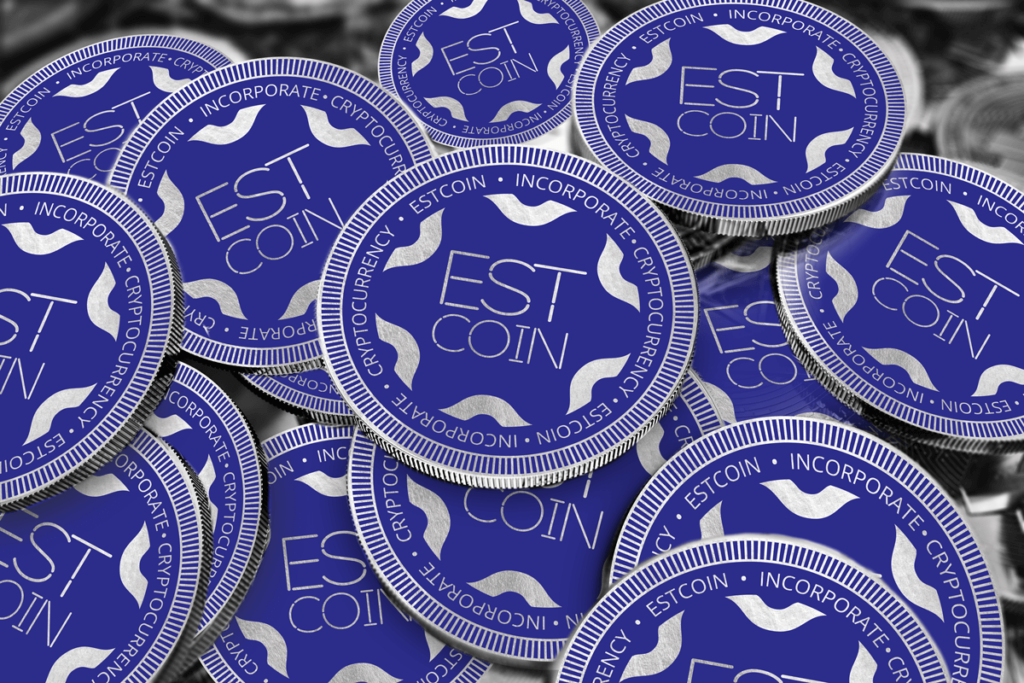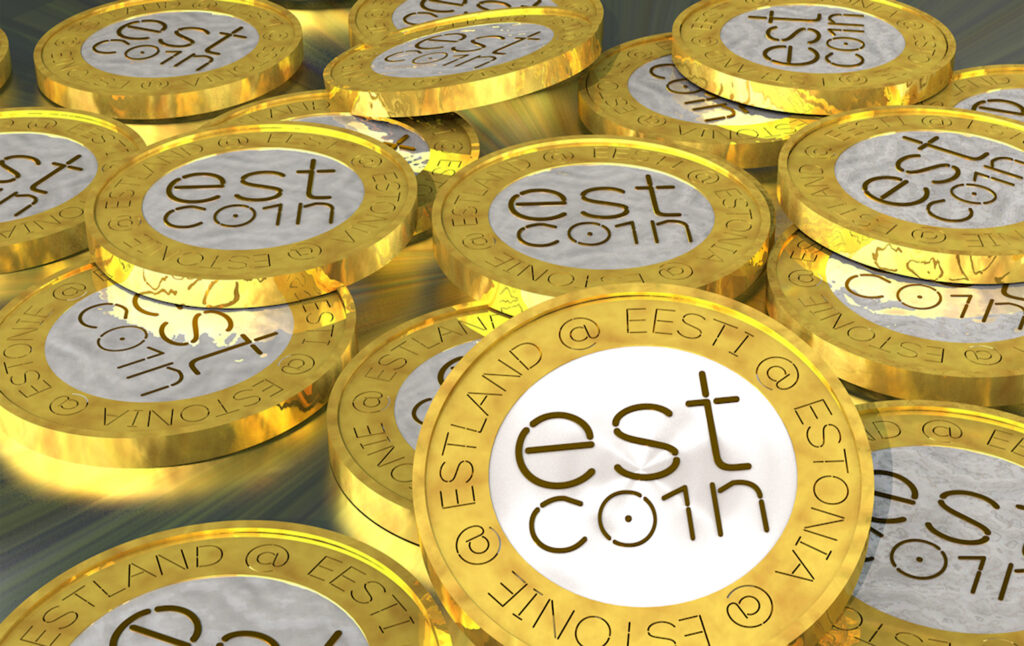The Bank of Estonia – the country’s central bank – has completed its research project into a central bank digital currency built on blockchain technology; the testing showed that blockchain was sufficiently developed to support the construction of a payment system that is more powerful and faster than the card payment and instant payment systems used today.
According to the bank, the tests found that payments made with blockchain technology used less energy than credit card payments by a factor of 1,400, and less than Bitcoin payments by a factor of 14 billion.
“The experiments also contributed to the results of the European Central Bank’s research project into the technical possibilities for a digital euro. The Governing Council of the European Central Bank has not yet taken a decision on introducing a digital euro, but it decided on 14 July this year to move forward with the preparations needed for introducing it. The Governing Council will take the final decision on whether or not to introduce the digital euro and what technology it should be based on at a later date,” the Bank of Estonia said.

The digital currency research project saw the central bank test a further development by Guardtime of the KSI blockchain technology that is a core technology of the Estonian e-state. “KSI Cash meets the key criteria demanded of a central bank digital currency, such as scalability, speed, anti-money laundering measures like multiple levels of privacy, the ability to link the central bank digital currency to identity, and security.”
The tests showed that a central bank digital currency solution based on KSI Cash was very efficient for as it is linearly scalable, and so essentially allows unlimited numbers of currency holders to make unlimited numbers of transactions simultaneously, according to the bank.
“This means there are no restrictions on the size of the money supply. It took an average of 0.6 seconds to complete a payment from one person to another, and the energy used was a small fraction of that used by card payments. In this, the experiment overcame some of the earlier problems with blockchain technology such as low capacity and high energy costs.”
Programmable currency
“This means that a central bank digital currency based on the blockchain could be a new payment option that is secure, smart, simple and convenient,” the central bank asserted. “The technology also allows the currency to be programmable, meaning that the owner of the money, whether a government, a company or an individual person, can define the conditions and purposes for how it is used.”
“A government could for example program funds intended to support the tourism sector so that tourists arriving in the country could only use those funds to pay for tourism services, which could only be achieved today if the government used a system of tokens or a voucher scheme.”

Digital bills function in a similar way to banknotes. The scalability of digital bills was demonstrated by mathematical modelling of various money schemes and an experimental pilot test. “The pilot made clear that a system based on digital bills can permit unlimited numbers of payments and cover the needs of digitalised markets for money, capital, goods and services.”
“Mathematical modelling showed that the account-based system used currently in banking and the UTXO model used by many cryptocurrencies have systemic capacity limits, as the capacity does not increase at the same rate as the additional computing power. The advantage of a system of digital bills is that it allows data processing for an almost unlimited number of simultaneous transactions without requiring coordination between multiple different databases,” according to the Bank of Estonia.
Cover: An “Estcoin” cryptocurrency, as imagined by Peter Kentie. The image is illustrative.

